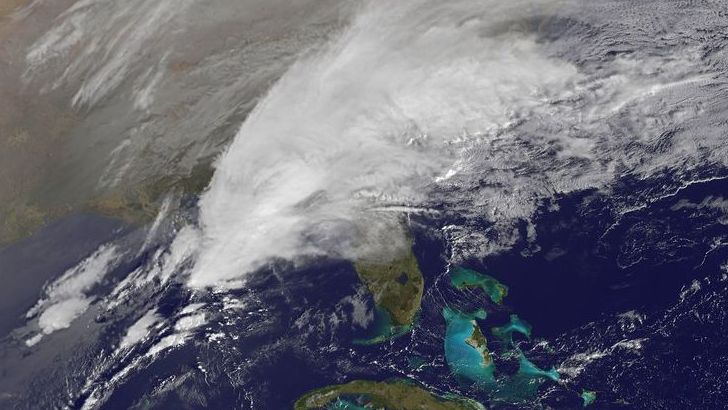- What Earth’s Magnetic Field Has to Do With Climate History - October 7, 2025
- The Science Behind Heat Domes and Their Growing Impact - October 7, 2025
- What Ancient Lake Beds Teach Us About Past Rainfall Patterns - October 6, 2025
Climate Change Disrupts Traditional Weather Patterns
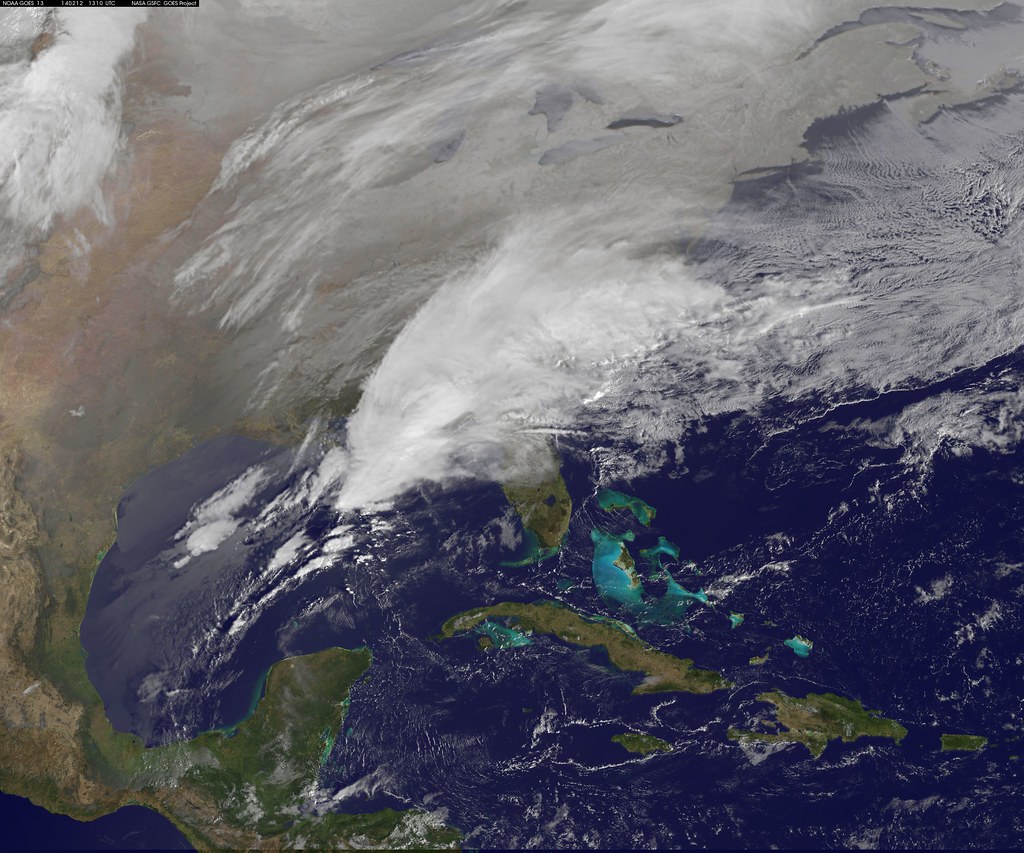
Something unusual is happening to America’s storm highways. Winter storms have increased in frequency and intensity since the 1950s, and their tracks have shifted northward over the United States. The seasonal mean storm tracks are predicted to shift polewards in the SH and also in the North Pacific, with an extension into Europe for the North Atlantic storm track. Scientists studying these changes worry that what we’re seeing might be just the beginning of a much larger transformation in how storms move across our continent. Ultimately, any major changes in the position of storm tracks will have a significant impact on society because storm tracks shape temperature, precipitation and extreme weather. Such shifts in position have the potential to significantly change patterns of rain, snow, heat waves and cold outbreaks.
The Science Behind Shifting Storm Highways
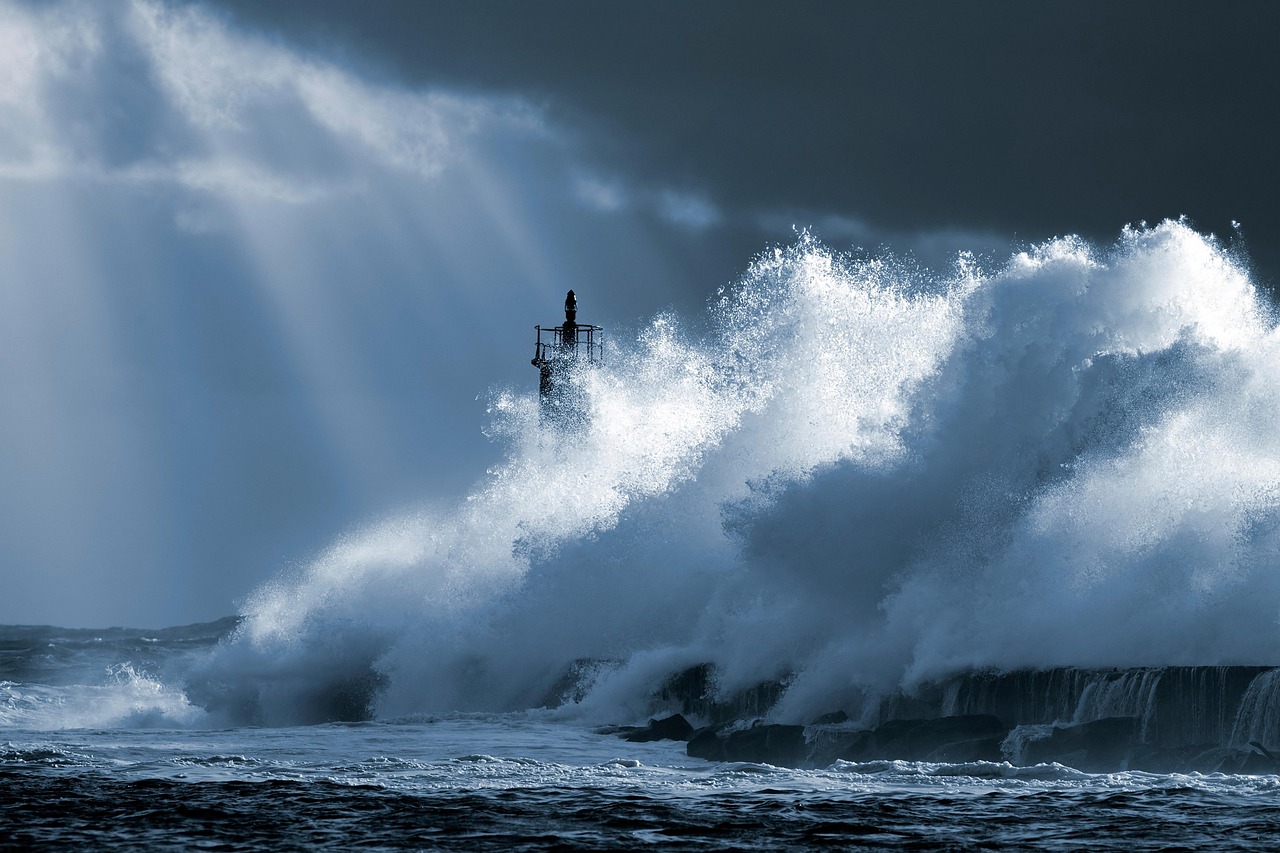
Transient eddies in the extratropical storm tracks are a primary mechanism for the transport of momentum, energy, and water in the atmosphere, and as such are a major component of the climate system. These invisible pathways in the sky determine where storms travel from west to east, driven by powerful jet streams high above us. Think of them like interstate highways for weather systems – when these routes change, everything changes with them. Extratropical cyclones are storm systems that are observed to travel preferentially within confined regions known as storm tracks. Cyclones tend to form where surface temperature gradients are large, and the jet stream influences their speed and direction of travel. What makes this particularly concerning is that these changes aren’t random – they’re following predictable patterns that scientists can now measure and study.
Temperature Gradients Hold the Key
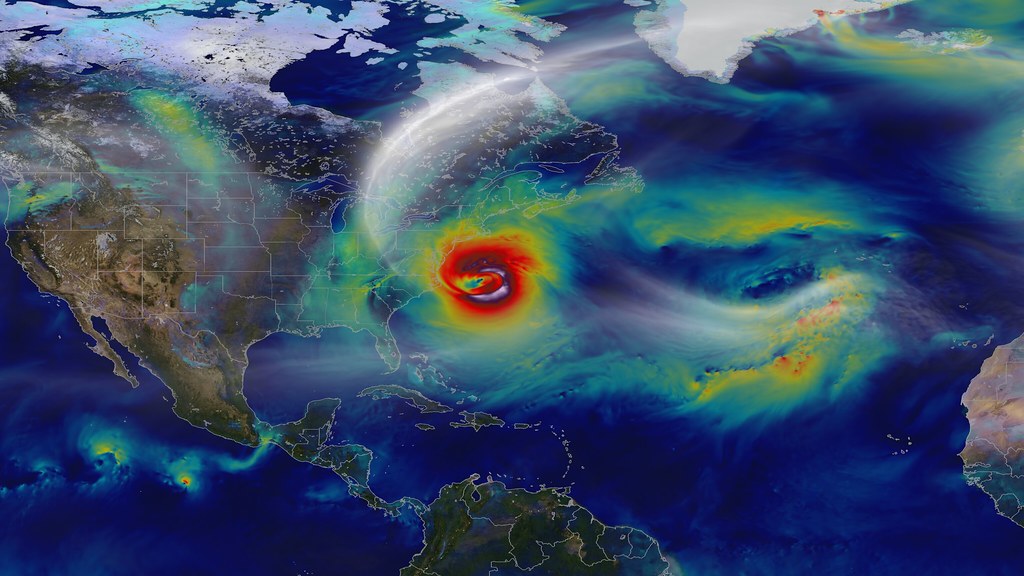
Changes in the position of storm tracks in response to anthropogenic climate change depend on how the equator-to-pole temperature gradient will change. In idealized and comprehensive climate model simulations, warming due to increased carbon dioxide concentration in the atmosphere leads the clouds in high latitudes to reflect more solar radiation, thereby cooling the earth’s surface in those regions and increasing the temperature gradient between the equator and the poles. This creates a fascinating tug-of-war in our atmosphere that scientists are still trying to fully understand. A synthesis of the influences of a changing climate on storm tracks reveals competing effects on meridional temperature gradients, which make projections difficult. It’s like trying to predict where a river will flow when someone keeps changing the landscape around it.
What Forty Years of Data Reveals
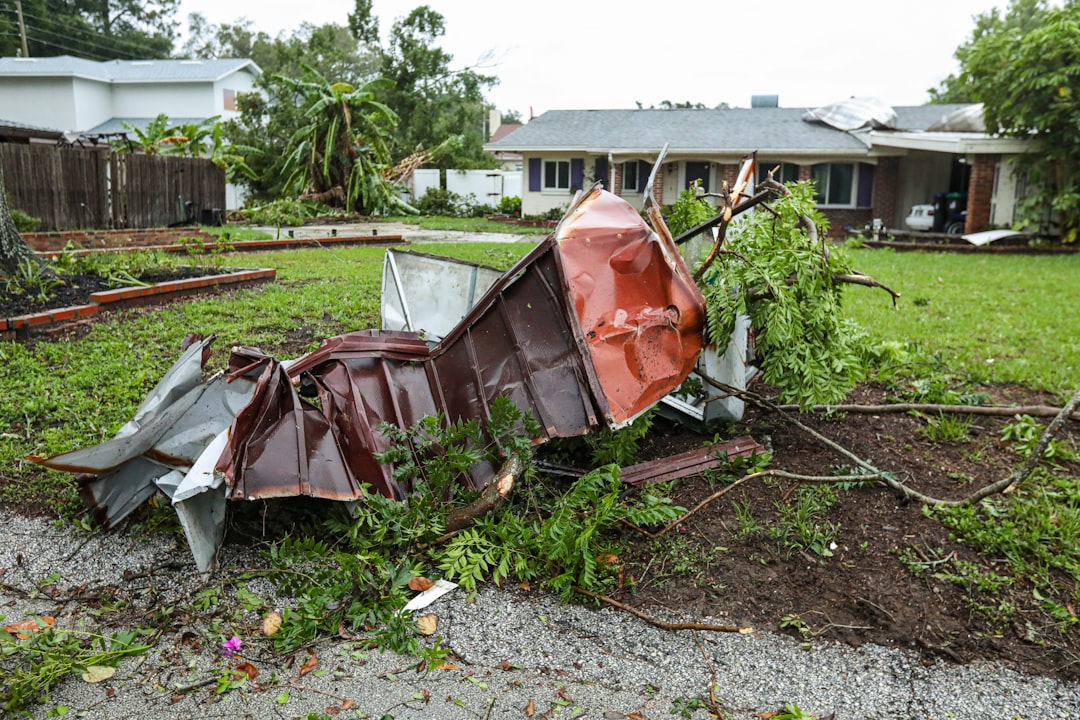
Looking back at weather records since the 1980s tells us a compelling story about how our storm patterns are evolving. Overall, the number of cyclones will decrease by ∼5 % by the end of the 21st century, although the number of extreme cyclones will increase by 4 % in NH winter. This means we’re trading quantity for intensity – fewer storms overall, but the ones we do get pack a bigger punch. With Hurricane Helene at the top of the list, there were 27 disasters in the United States in 2024 that individually cost $1 billion or more. It was the second-highest number since the NOAA record began in 1980. The financial toll of these changes is already becoming clear, with damages mounting year by year.
The Atlantic and Pacific Dance

The seasonal mean storm tracks are predicted to shift polewards in the SH and also in the North Pacific, with an extension into Europe for the North Atlantic storm track. What researchers find particularly intriguing is how differently the Atlantic and Pacific storm tracks are responding to climate change. Narrowing down our research area regionally would be especially beneficial in the NH where the North Atlantic and North Pacific storm tracks show different responses to increased levels of climate change. It’s almost as if each ocean basin has its own personality when it comes to how storms behave. A poleward shift in the extratropical storm tracks has been identified in observational and climate simulations. The authors examine the role of altered sea surface temperatures (SSTs) on the storm-track position and intensity in an atmospheric general circulation model (AGCM) using realistic lower boundary conditions.
Winter Storms Tell a Different Story
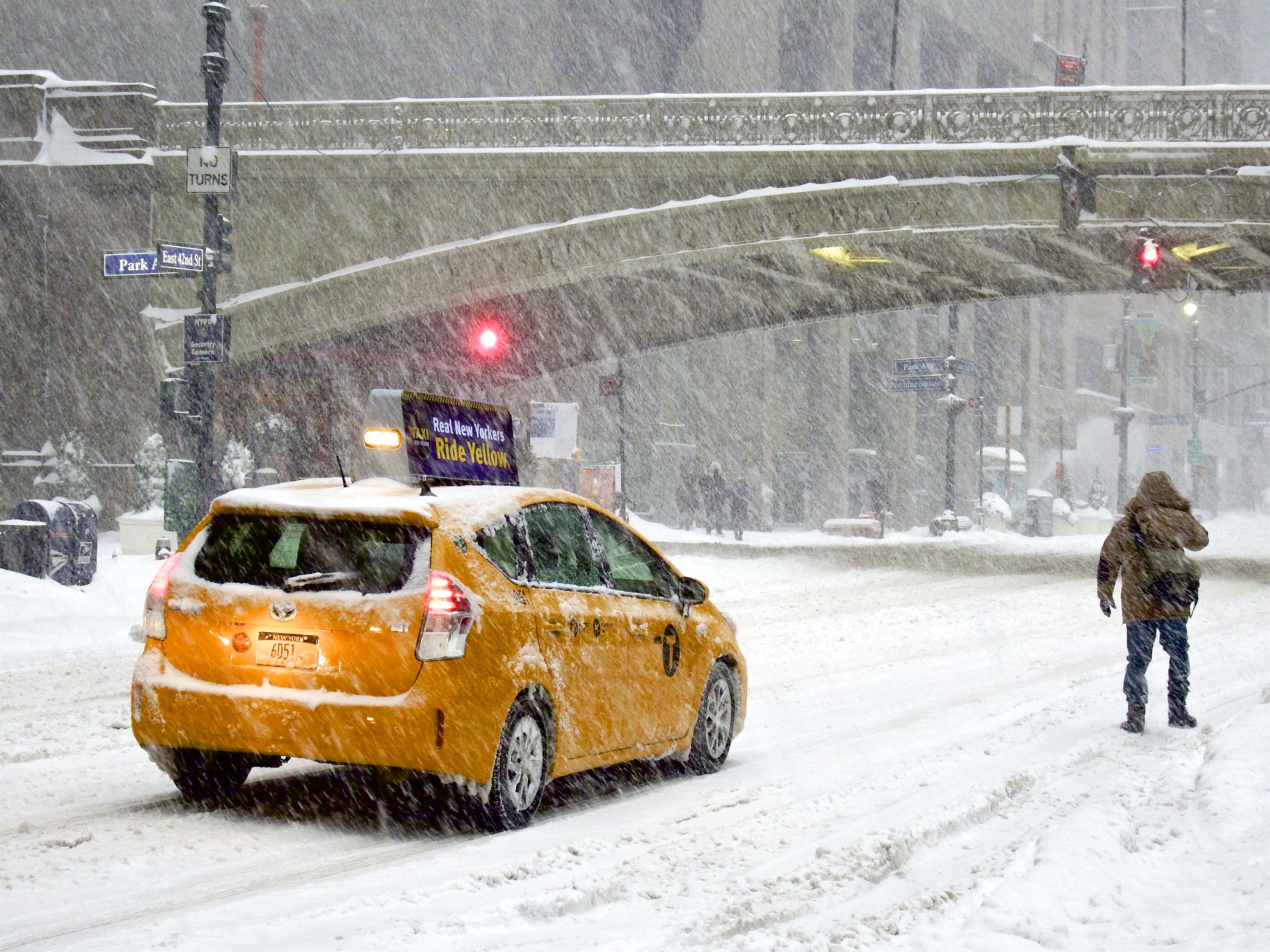
Winter weather patterns are experiencing some of the most dramatic changes. Winter storms have increased in frequency and intensity since the 1950s, and their tracks have shifted northward. For the entire Northern Hemisphere, there is evidence of an increase in both storm frequency and intensity during the cold season since 1950, with storm tracks having shifted slightly towards the poles. This northward migration means that cities like Chicago and New York might experience different winter conditions than they have historically. For example, if storm tracks shift poleward, New York and Chicago will likely experience warmer weather and less snow. Some regions that traditionally relied on consistent snowfall for water resources might find themselves facing new challenges.
The Hurricane Connection
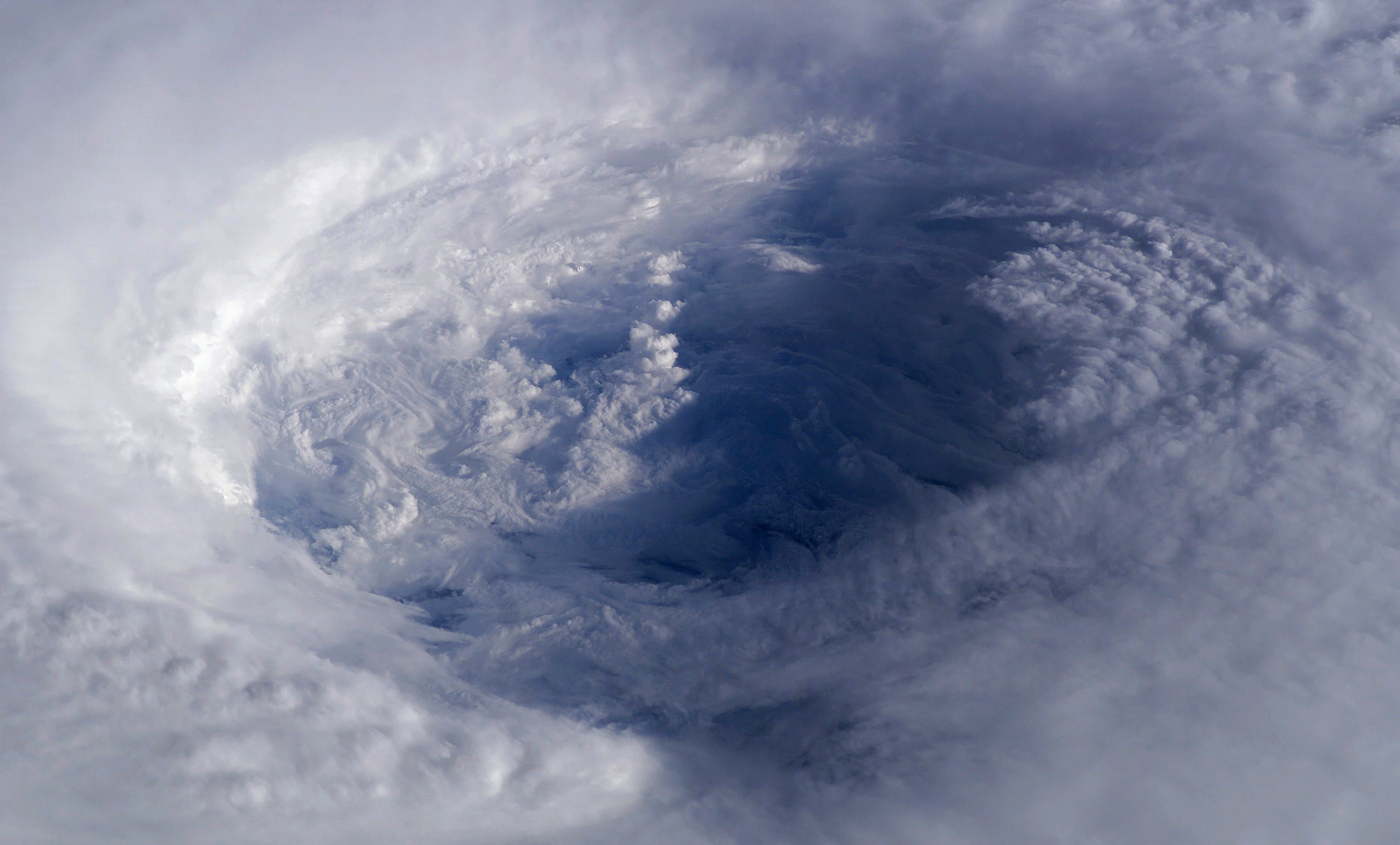
Tropical storms and hurricanes aren’t immune to these changes either. Wang et al. (2024) conclude that increased tropical cyclone frequency over 1980-2020 near the U.S. Atlantic coast was likely related to changes in aerosol forcing influence. Climate Central’s recently published study shows climate change increased the intensity for most Atlantic hurricanes between 2019 and 2023 –- and for every storm so far in 2024. But there’s a twist in this story that many people don’t realize. Meanwhile, Murakami et al., Dunstone et al. and Wang et al. project, for the Atlantic, a decrease in tropical storm frequency over the coming century, as greenhouse gas influences dominate over projected aerosol influences. Fewer storms, but potentially more destructive ones – a pattern we’re seeing across different types of weather systems.
Regional Impacts Create a Patchwork of Change
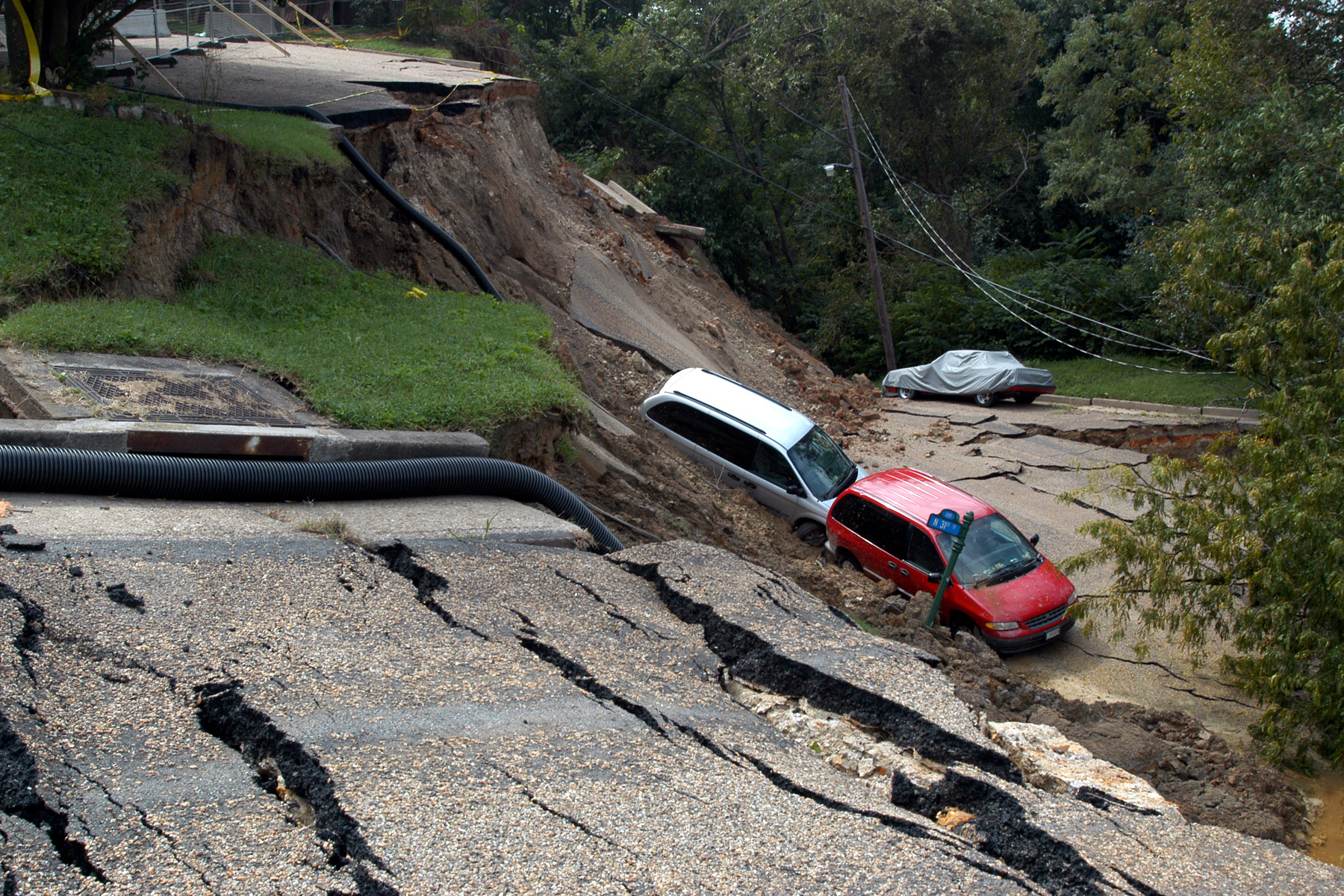
The South, Central, and Southeast regions of the United States, including the Caribbean U.S. territories, have suffered the highest cumulative damage costs, reflecting the severity and widespread vulnerability of those regions to a variety of weather and climate events. Florida leads the U.S. in total cumulative costs (~$450 billion) from billion-dollar disasters since 1980 largely due to the impact of hurricanes. What’s happening isn’t uniform across the country – some regions are experiencing more dramatic changes than others. Because of the role that storm tracks play in midlatitude climate variability, any sustained shift in position or intensity will result in significant impacts on regional precipitation. Models generally project that midlatitude storm tracks will migrate poleward under current climate change scenarios, with an accompanying poleward shift in precipitation.
Natural Variability Complicates the Picture
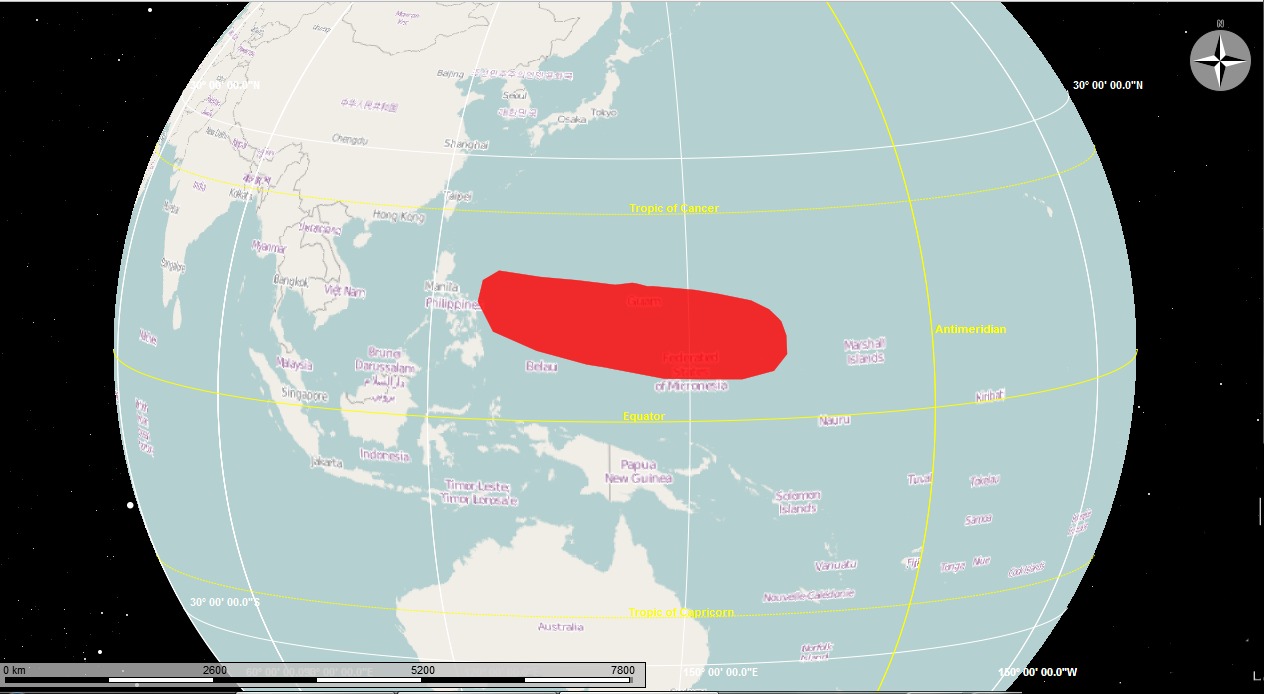
Instrumental and modeling data suggest that extratropical storm tracks may be intensifying and shifting poleward due to anthropogenic climate change, but it is difficult to separate recent trends from natural variability because of the large amount of decadal and longer variation in storm tracks and their limited instrumental record. Scientists face a challenging puzzle trying to separate what’s natural from what’s human-caused. These results allow us to place recent storm-track changes in the context of decadal and multidecadal fluctuations across the long-term record, showing that recent changes in storm-track intensity likely represent a warming-related increase amplified by natural decadal variability. It’s like trying to spot a long-term trend while riding a roller coaster – the natural ups and downs make it difficult to see the bigger picture.
Extreme Weather Gets More Extreme
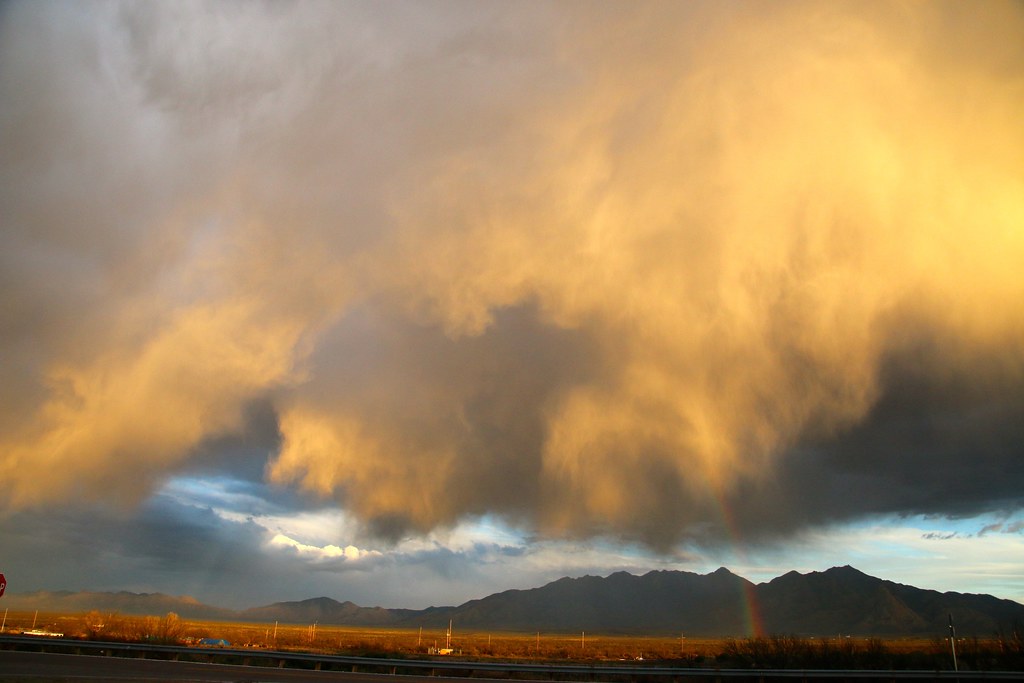
The future events feature substantially more impactful weather conditions in coastal areas with heavier rainfall and greater storm intensity. In particular, we find that a Saffir-Simpson Category 2 tropical storm in present-day conditions becomes a Category 4 storm in the future, resulting in more extreme weather conditions along high-latitude coastlines throughout its entire life cycle. This intensification trend extends beyond just hurricanes. Cyclone wind speeds are projected to strengthen throughout the troposphere in the winter seasons and also summer in the SH, with a weakening projected in NH summer, although there are minimal changes in the maximum wind speed in the lower troposphere. The message is clear: when storms do form, they’re likely to be more powerful than what we’ve experienced historically.
NOAA Scientists Face Budget Challenges
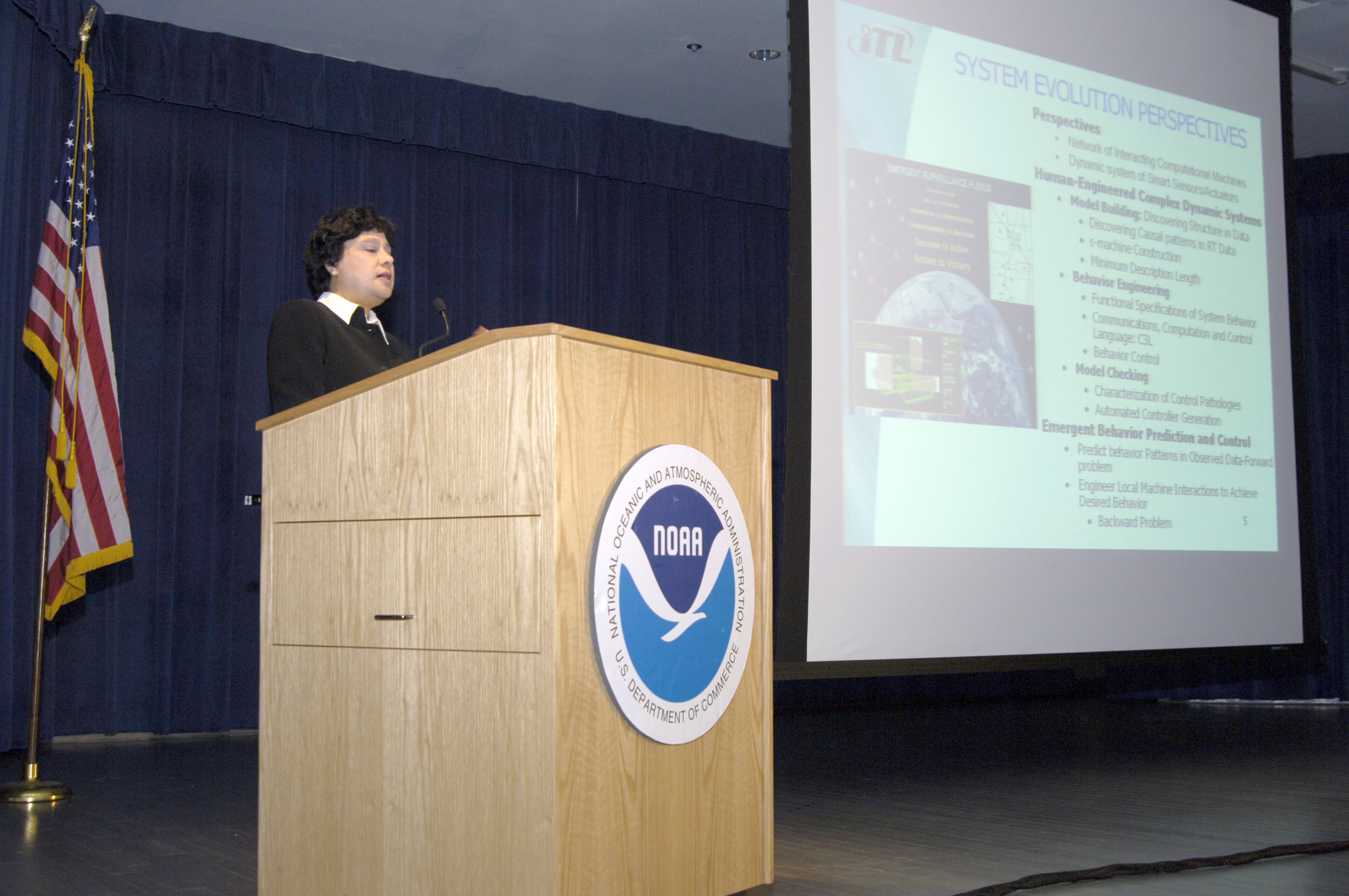
Scientists say further reductions could hamper real-time storm tracking and predictive modeling. Recent budget cuts at NOAA have created additional challenges for scientists trying to track and understand these changes. In the short term, these cuts are problematic because it stretches severe weather alert teams thin, forcing employees to monitor bigger swaths of the country for longer hours. As hurricane season approaches, he’s concerned by the possibility of increasingly powerful storms being underestimated because the employees who track a hurricane’s intensity at landfall no longer have their jobs. It’s frustrating because it’s a completely self-inflicted sort of thing where you’re making these products worse and you’re making people less safe. This comes at a time when understanding storm behavior has never been more critical.
Technology Helps Fill Knowledge Gaps
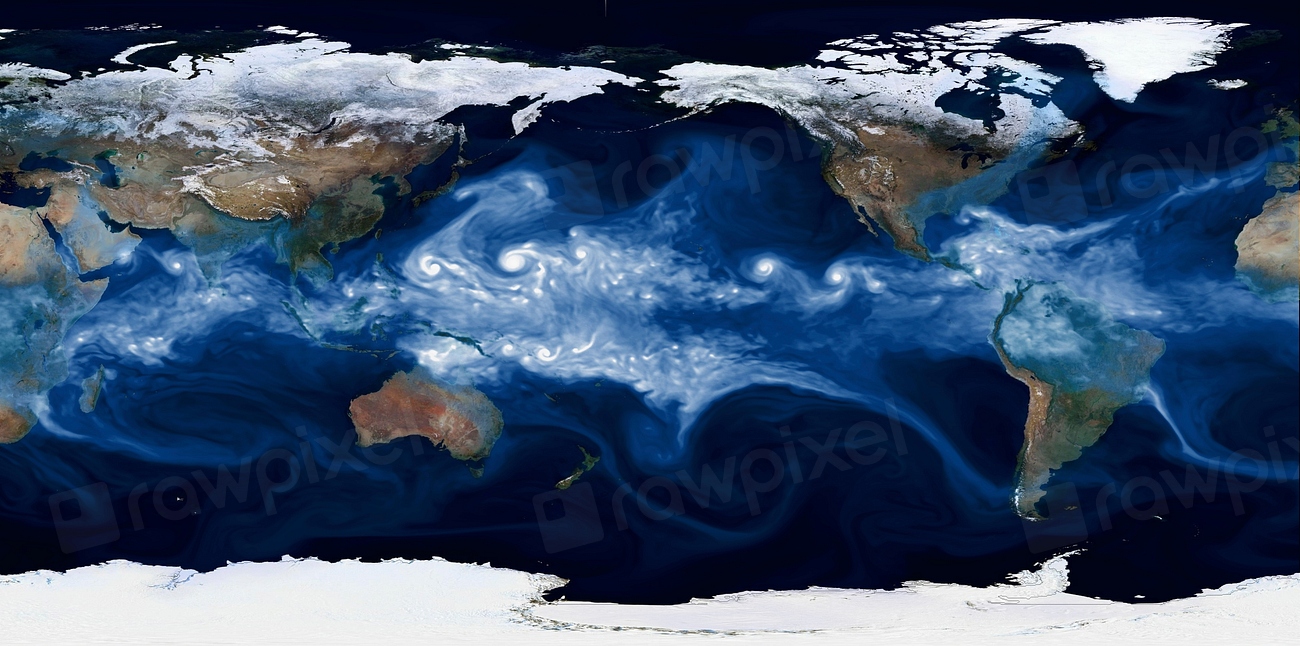
The researchers called for expanding observational efforts and the hierarchy of computer simulations used to understand how storm tracks will shift in response to the increased concentration of carbon dioxide in the atmosphere. In order to have confidence in our projected changes, we need to expand our hierarchy of models to include simplified models with cloud processes that can be used to study their impact on the storm tracks. Modern climate modeling has become incredibly sophisticated, using everything from satellite data to supercomputer simulations. In this study we will utilize a cyclone compositing method and a number of models from the new CMIP6 ensemble, across a range of future climate scenarios, to attempt to reduce some of the uncertainty surrounding projected change of cyclone intensity and cyclone-associated wind speeds in the future. These tools help scientists peer into possible futures and prepare for what might be coming.
Looking Ahead: What This Means for America
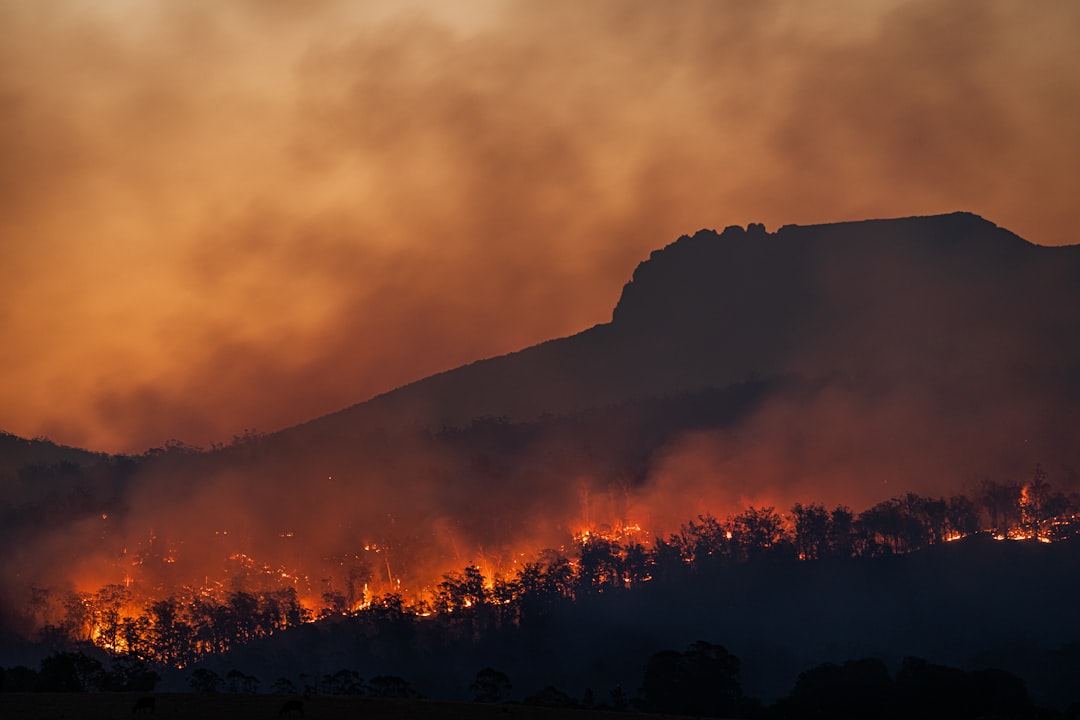
Changes in the extratropical storm tracks under global warming would impact these transports, the ocean circulation and carbon cycle, and society through changing weather patterns. The implications extend far beyond just weather forecasting. But we also know from extreme event attribution research that human-caused climate change is increasing the frequency and intensity of certain types of extreme weather that lead to billion-dollar disasters—most notably the rise in vulnerability to drought, lengthening wildfire seasons in the Western states, and the potential for extremely heavy rainfall becoming more common in the eastern states. Agriculture, water resources, emergency planning, and infrastructure design all need to account for these shifting patterns. We need to know how the global circulation will change if we want to make accurate regional climate change predictions.
The Research Continues
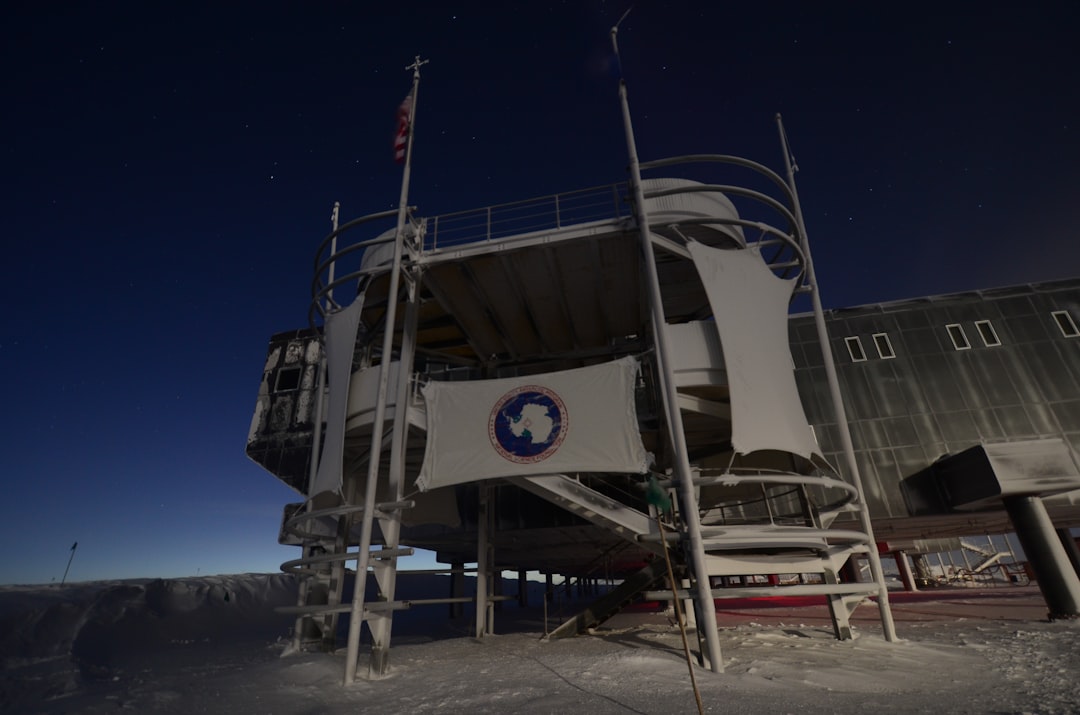
Storm-track changes projected under global warming scenarios may be influenced by enhanced warming at high latitudes, leading to a decreased surface temperature gradient and alterations in low-level baroclinicity, and these changes could interact with the quasi-barotropic patterns thought to be a primary driver of past storm-track variability in complex ways. Scientists continue working to understand exactly how these systems will evolve. The atmosphere is an incredibly complex system, and even small changes can have cascading effects that ripple across entire continents. What we’re witnessing may be just the beginning of a fundamental reorganization of how weather moves across North America – a transformation that will shape the climate our children and grandchildren inherit.
What This Means for Your Daily Weather
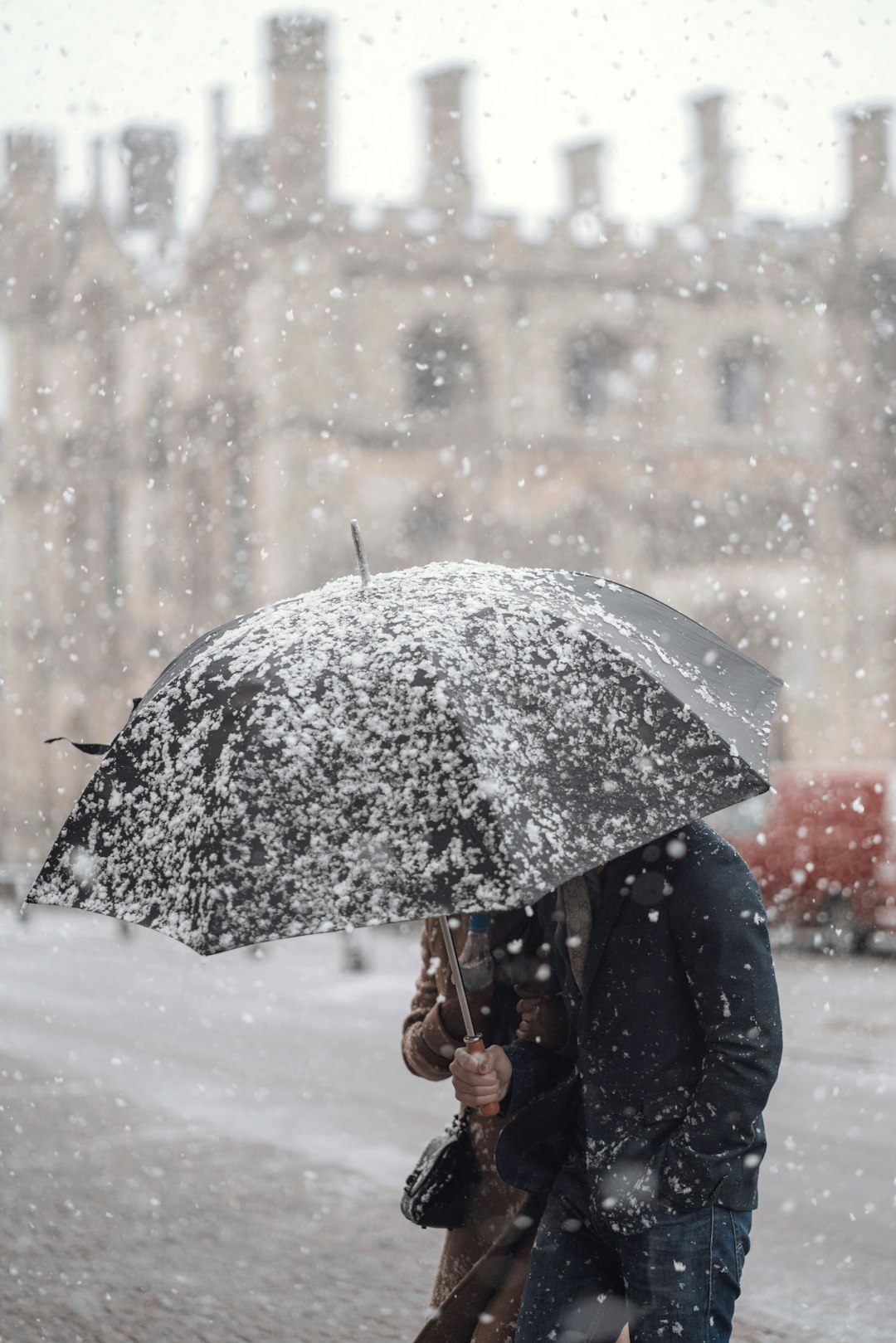
Here’s where things get really interesting for anyone who’s ever planned a weekend trip or wondered why their local weather seems more unpredictable lately. If these storm tracks do merge, we’re not just talking about abstract scientific concepts – we’re talking about your morning commute getting hit by storms that used to stay hundreds of miles away. Cities like Chicago and Detroit could start experiencing weather patterns that were once exclusive to places like Kansas City or St. Louis. The ripple effects are mind-boggling: farmers might need to completely rethink their planting schedules, insurance companies are already scrambling to recalculate risk models, and meteorologists are having to throw out decades of forecasting assumptions. It’s like Mother Nature is rewriting the rulebook while we’re still trying to play the game. What used to be predictable seasonal patterns could become as reliable as a coin flip, leaving millions of Americans wondering if they should pack an umbrella or sunscreen for tomorrow.
Why Weather Apps Keep Getting It Wrong

Ever notice how your weather app confidently predicts sunny skies, only to have you caught in a downpour three hours later? You’re not imagining things – and it’s not entirely your phone’s fault. These shifting storm tracks are creating absolute chaos for the algorithms that power our favorite weather apps and services. The machine learning models that meteorologists rely on were trained on decades of historical data, but that data is becoming less relevant by the year as storm patterns evolve. It’s like trying to navigate with a map from 1985 while the roads keep changing. Weather prediction services are scrambling to retrain their systems, but they’re essentially chasing a moving target that keeps accelerating. The result? Those frustrating moments when you’re soaked to the bone despite checking three different weather apps that all promised clear skies. Until forecasting technology catches up to these rapidly changing patterns, we might all need to become a bit more like our grandparents – looking at the actual sky instead of trusting our screens completely.

